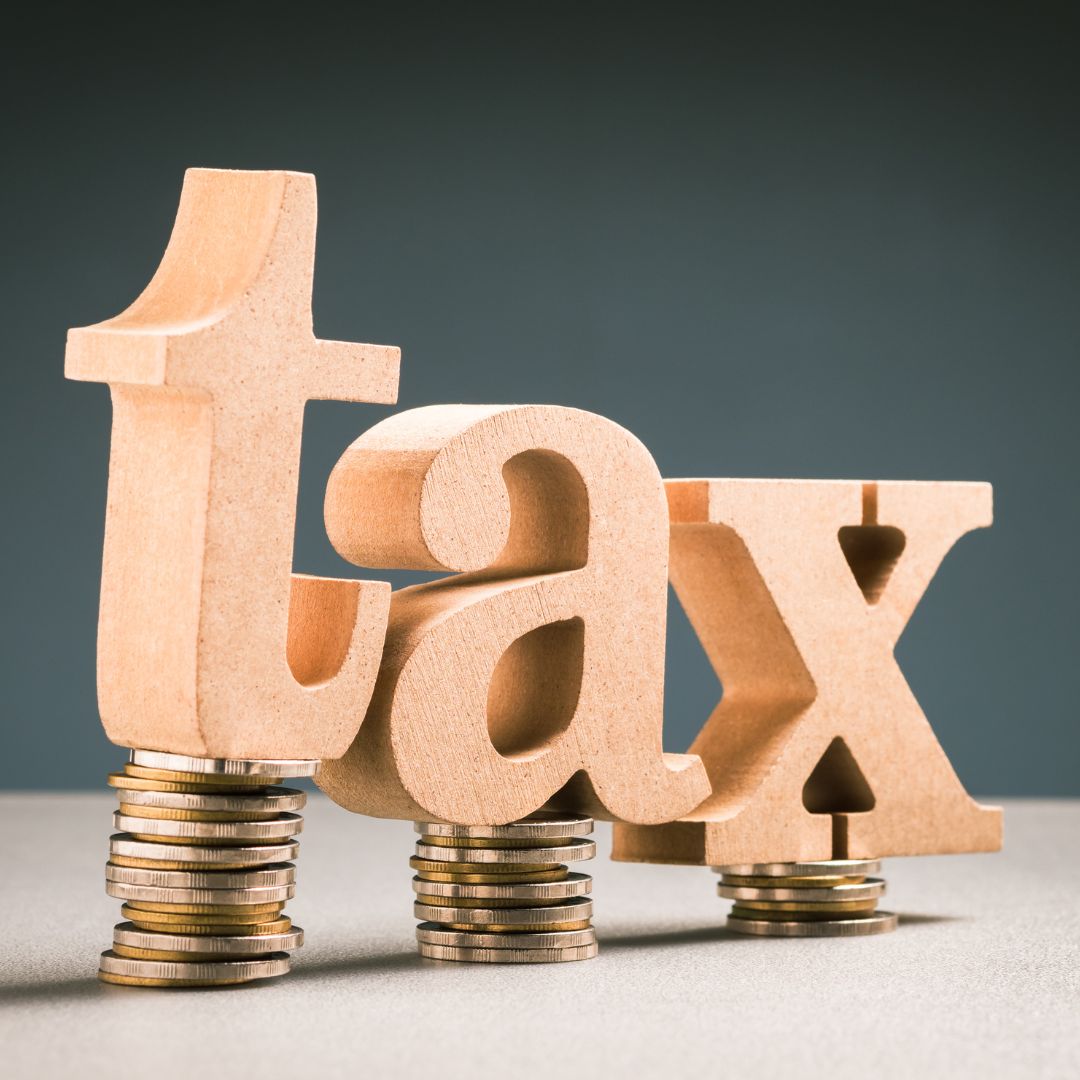In 2025, the landscape of investing and taxes is evolving, and understanding how to optimize your returns requires a comprehensive approach. With tax laws changing, economic shifts, and new investment opportunities emerging, having a strategy in place can significantly enhance your financial outcomes. Below are key steps to optimize your returns while considering tax implications in 2025.
1. Maximize Tax-Advantaged Accounts
Tax-advantaged accounts are one of the most effective ways to boost your investment returns. By utilizing accounts that offer tax benefits, you can shelter some or all of your investment gains from taxes.
For U.S. Investors:
- 401(k): If your employer offers a 401(k), contribute as much as possible, especially if they match contributions. In 2025, contribution limits may be adjusted for inflation, so make sure you're contributing the maximum allowable amount. Contributions to a traditional 401(k) are tax-deferred, meaning they reduce your taxable income in the year you contribute, which lowers your tax bill. Additionally, the growth inside the account is tax-deferred until withdrawal.
- Roth IRA: With a Roth IRA, you pay taxes upfront on your contributions, but your withdrawals in retirement are tax-free, including any investment gains. For those eligible, Roth IRAs provide long-term growth benefits, as your investments grow without the burden of future taxes.
- Health Savings Accounts (HSAs): If you have a high-deductible health plan (HDHP), consider contributing to an HSA. These accounts offer a triple tax advantage: contributions are tax-deductible, investment growth is tax-deferred, and withdrawals for qualified medical expenses are tax-free.
For Non-U.S. Investors:
- Countries like the UK, Canada, and Australia offer similar tax-advantaged accounts like ISAs (Individual Savings Accounts) and RRSPs (Registered Retirement Savings Plans). Make sure you're aware of the specific tax benefits and limits that apply to the accounts available in your country.
2. Understand Capital Gains Tax Rates
The tax treatment of your investment returns, specifically capital gains, plays a key role in how much you ultimately keep.
- Short-Term vs. Long-Term Capital Gains: In 2025, many countries will still tax long-term capital gains at a lower rate than short-term gains. In the U.S., for example, assets held longer than one year typically qualify for long-term capital gains tax rates, which can be significantly lower than the short-term rate (which is taxed at ordinary income tax rates). Make sure to consider your holding period when deciding when to sell investments.
- Tax-Loss Harvesting: Another way to manage taxes on your investments is through tax-loss harvesting. This strategy involves selling losing investments to offset capital gains from winning investments. It’s particularly useful when you have significant capital gains in a tax year. Be mindful of the "wash sale" rule, which prevents you from claiming a tax loss if you repurchase the same or substantially similar securities within 30 days.

3. Diversify Your Portfolio with Tax-Efficient Investments
Diversification is a core principle of investing, and it can also help with tax optimization. By including a mix of asset classes and tax-efficient investments, you can lower your overall tax burden.
- Tax-Efficient Funds: Consider investing in index funds or ETFs that typically distribute fewer taxable dividends compared to actively managed funds. These funds are designed to minimize taxable events by holding investments for longer periods and generating fewer capital gains.
- Municipal Bonds (For U.S. Investors): If you are in a high tax bracket, municipal bonds can be a great way to generate tax-free income. These bonds are often exempt from federal (and sometimes state) taxes. While they may offer lower yields than taxable bonds, the tax-free nature of the income they produce can make them attractive.
- Dividend Stocks: For those seeking income through dividends, look for stocks that pay qualified dividends, which are taxed at the more favorable long-term capital gains rate. Keep in mind, the tax treatment of dividends varies by country, so it’s important to know how dividends are taxed in your location.
4. Take Advantage of Tax Credits and Deductions
In 2025, various tax credits and deductions may be available to reduce your overall tax liability. Stay up-to-date on what credits and deductions are applicable to your investments:
- Retirement Savings Contributions: In many countries, contributing to retirement accounts can yield tax credits or deductions. For example, in the U.S., the Saver's Credit offers a tax credit to low and moderate-income individuals who contribute to retirement accounts like IRAs or 401(k)s.
- Energy-Efficient Investments: Some countries offer tax incentives for individuals who invest in energy-efficient or environmentally friendly assets, such as renewable energy systems or electric vehicles. These incentives can offset the cost of these investments and provide a tax break.
- Research Local Credits: Many regions offer tax credits for investing in certain sectors, like the tech industry or real estate. Researching credits specific to your country or state can help reduce the tax burden on your investment income.
5. Rebalance Your Portfolio Strategically
Over time, your asset allocation may drift away from your desired target due to market performance. Rebalancing involves buying and selling assets to bring your portfolio back in line with your investment goals.
- Tax-Efficient Rebalancing: To minimize the tax impact of rebalancing, consider using tax-advantaged accounts for assets that require frequent rebalancing. Additionally, you can try to implement tax-efficient rebalancing strategies, such as avoiding triggering capital gains taxes by only rebalancing in tax-advantaged accounts or utilizing tax-loss harvesting opportunities.
- Automated Rebalancing: Some robo-advisors and investment platforms offer automated rebalancing, which can help you stay on track without needing to make manual adjustments. This can be particularly useful for tax-efficient investing.

6. Utilize Estate Planning Tools
Estate planning is not only about passing on wealth to heirs but also about minimizing the tax impact of transferring assets. In 2025, it’s important to consider the following tools:
- Trusts: A well-structured trust can help manage taxes on investments by providing certain tax exemptions and deductions. Trusts also allow you to designate how your assets will be distributed, potentially reducing estate taxes and helping ensure that your heirs receive your wealth as intended.
- Gifting: Strategic gifting can also reduce the tax burden on your estate. Many countries offer annual exemptions for gifting to individuals without incurring gift tax. In the U.S., for instance, you can gift up to a certain amount per person per year without triggering gift taxes.
7. Consult With a Tax Professional
Tax laws are complex and vary by jurisdiction. With the ongoing changes to tax laws in 2025, it’s crucial to seek guidance from a tax professional or financial advisor who can help you navigate the evolving regulations and develop a strategy to optimize your returns. A professional can provide personalized recommendations based on your financial situation, helping you save money and grow your investments more efficiently.
Conclusion
In 2025, optimizing your returns involves a balance of savvy investment strategies and strategic tax planning. By utilizing tax-advantaged accounts, diversifying your investments, taking advantage of credits and deductions, and carefully managing capital gains taxes, you can maximize your wealth-building potential. Stay informed about tax law changes and consult with a tax professional to ensure that your investment strategy aligns with your long-term financial goals. With the right approach, you can minimize your tax burden and maximize the impact of your investment returns.



